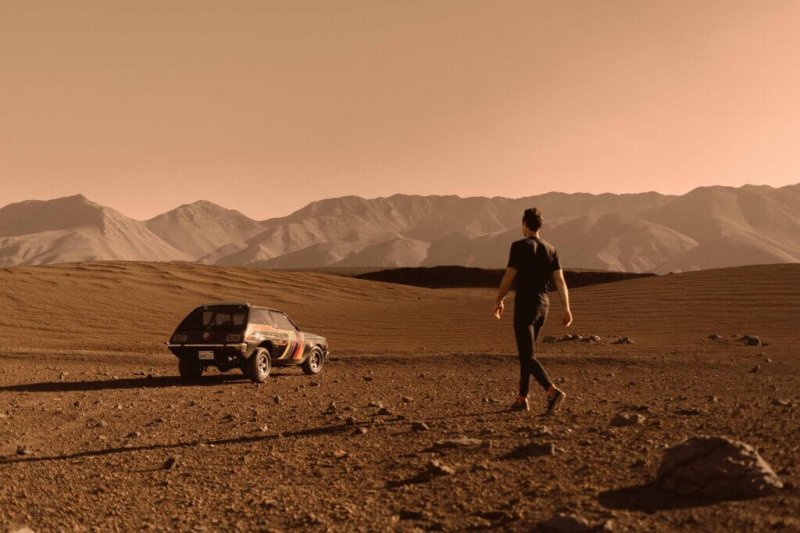In the coming decade, in 2033, NASA and China intend to send astronauts to Mars for the first time in history. This presents numerous challenges, ranging from logistical and technical issues to ensuring that astronauts can deal with waste and have enough food and water for the months-long transit to and from Mars.
There are even concerns that after months of exposure to microgravity, astronauts will have trouble adapting to Martian gravity.
To determine if these fears have merit, a team of space medicine experts from the Australian National University (ANU) developed a mathematical model to predict whether astronauts can safely travel to Mars and perform their duties once they arrive on the Red Planet.
…
As [researcher Lex van Loon] and his colleagues note in their study, the potential hazards for missions bound for Mars are numerous, but the greatest threat is arguably the time the astronauts will spend in microgravity. Combined with damaging radiation from the Sun and cosmic sources, the experience will cause fundamental changes to their bodies.
Based on extensive research conducted aboard the International Space Station (ISS), microgravity is known to cause muscle and bone density loss and affect organ function, eyesight, and the cardiopulmonary system – the heart and its ability to pump blood through the body’s system of arteries and veins.































